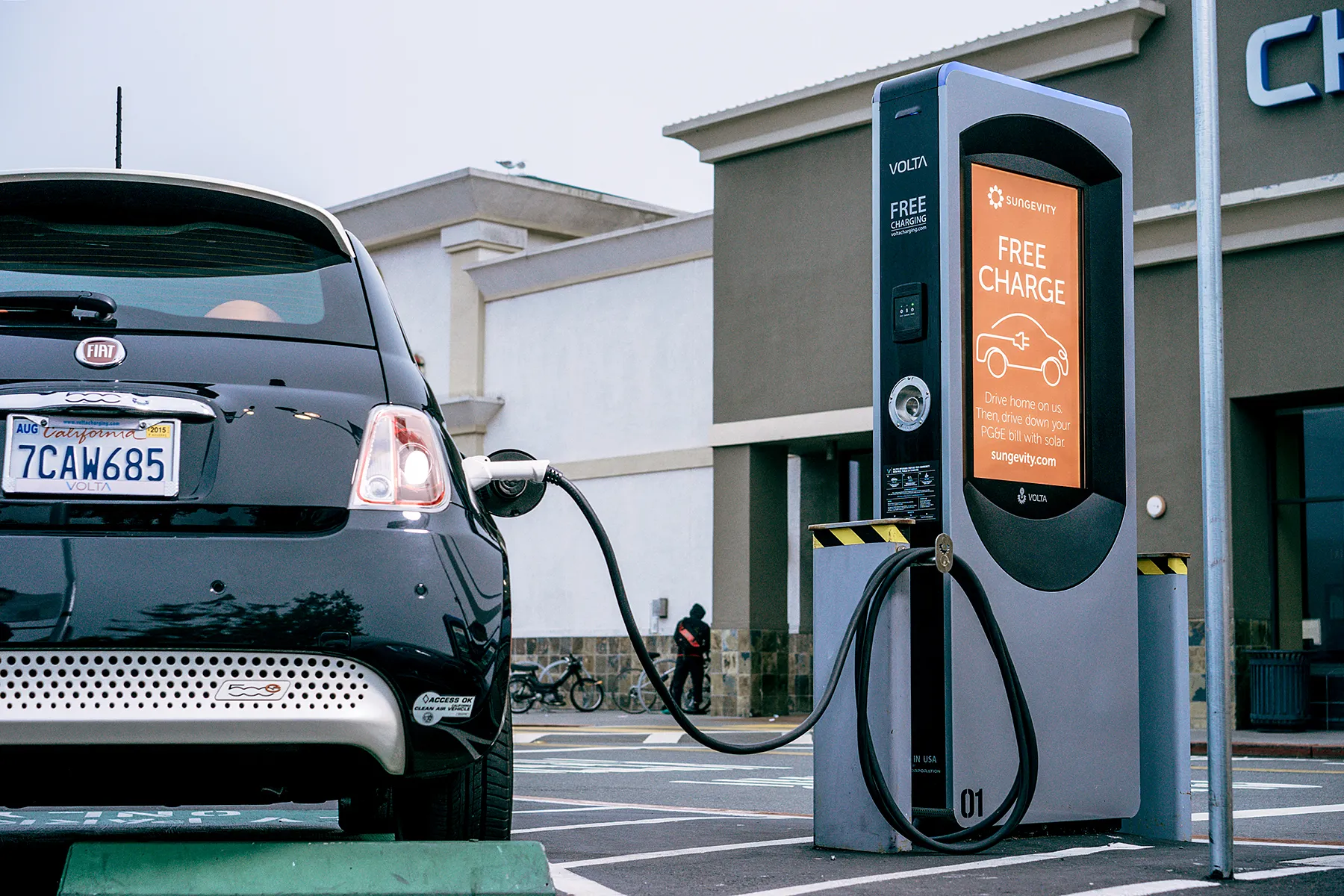
Credits: Wired
Electric vehicles (EVs) represent a significant shift in automotive technology, largely driven by a global push towards sustainability and reduced carbon emissions. As the adoption of EVs accelerates, understanding the fundamentals of how EV chargers work becomes crucial for consumers, businesses, and policymakers alike. This article provides a detailed exploration of electric vehicle chargers, outlining their operation, types, installation, and much more, aiming to demystify the technology behind EV charging and its impact on the future of transportation.
Electric vehicle charging is an essential component of the EV experience, enabling the replenishment of the electric battery that powers these vehicles. Unlike traditional fueling, which can be completed in minutes, charging an EV involves a transfer of electrical energy from a power source to the vehicle’s battery, requiring varying amounts of time depending on the type of charging system used. Understanding how EV charging works not only helps users optimize their vehicles’ performance but also highlights the broader implications for energy use and infrastructure development.
An electric vehicle charger, often referred to as an EV charging station or electric vehicle supply equipment (EVSE), is a device that brings electric power to the EV, allowing it to recharge its battery. Components of an EV charger typically include a power converter, a charging cable, a plug, and user interface. The charger communicates with the vehicle to ensure that electricity is delivered at a suitable rate and monitors the charging process to prevent any electrical faults.
Charging an EV involves several key stages:
The basic principle of electrical charging for vehicles is to convert AC from the power grid into the DC power needed to charge batteries, although some chargers supply AC power directly to vehicles that have onboard converters.
come in several types, each with distinct characteristics:
These are the most basic chargers, using a standard household AC outlet (120 volts). They are typically slow, and generally suitable for overnight charging, providing about 4-5 miles of range per hour of charging.
Level 2 chargers use a higher voltage (240 volts) and are much faster than Level 1 chargers, adding about 10-20 miles of range per hour. These are common in residential settings and public charging stations.
Also known as Level 3 chargers, DC fast chargers provide a rapid charge by delivering DC power directly into the vehicle’s battery system. They can charge an EV battery to 80% in approximately 20-30 minutes. However, they are more complex and costly than Level 1 and Level 2 chargers.
Installing an EV charger at home typically involves the following steps:
Key technical specifications to consider include:
The charging process begins when the charger’s plug is connected to the EV’s charging port. There are different types of connectors depending on the charger and vehicle model, which affect compatibility and charging speed. This connection allows for the transfer of electricity through a controlled pathway to efficiently charge the vehicle.
The costs of EV charging can be categorized into:
The comparison between at-home and public charging costs typically shows that home charging is less expensive per charge but involves upfront installation costs.
Benefits of using an EV charger include:
To maximize the efficiency of your EV charger:
Common issues with EV chargers include faults in the charging cable, connectivity issues, or power fluctuations. Troubleshooting these problems often involves checking for physical damage, ensuring all connections are secure, and resetting the charger or vehicle charging system.
Recent advancements in EV charging include:
Public EV charging stations operate similarly to home chargers but are often more powerful. Users typically pay per charge or through a subscription. Finding and using these stations is facilitated by smartphone apps and vehicle navigation systems.
The environmental impact of EV charging largely depends on the source of the electricity. Renewable energy sources such as wind or solar power greatly reduce the environmental footprint compared to fossil fuels.
Future trends likely include increased charger availability, improved charging technology, and greater integration with smart grid technologies. Government and private sector initiatives are crucial in supporting the infrastructure required for widespread EV adoption.
As the transition to electric vehicles continues to gain momentum, understanding the intricacies of EV charging is essential. The development of more efficient and diverse charging options will play a pivotal role in the global shift towards sustainable transportation, highlighting the importance of technological advancements and infrastructural support in shaping the future of electric mobility.
Copyright © 2024 California Business Journal. All Rights Reserved.
The Northern Lights strain is one of the most acclaimed and popular types of cannabis…
Universal Health Insurance System Japan's universal health insurance system ensures that all residents have access…
Purchasing a vehicle is a significant investment, and consumers expect their new or leased cars…
Given the fact that more and more people are getting to note the alarm about…
Moving to a new home can be exciting and daunting. How can you make it…
Looking to reduce your building's energy costs? Do you want to contribute to a more…